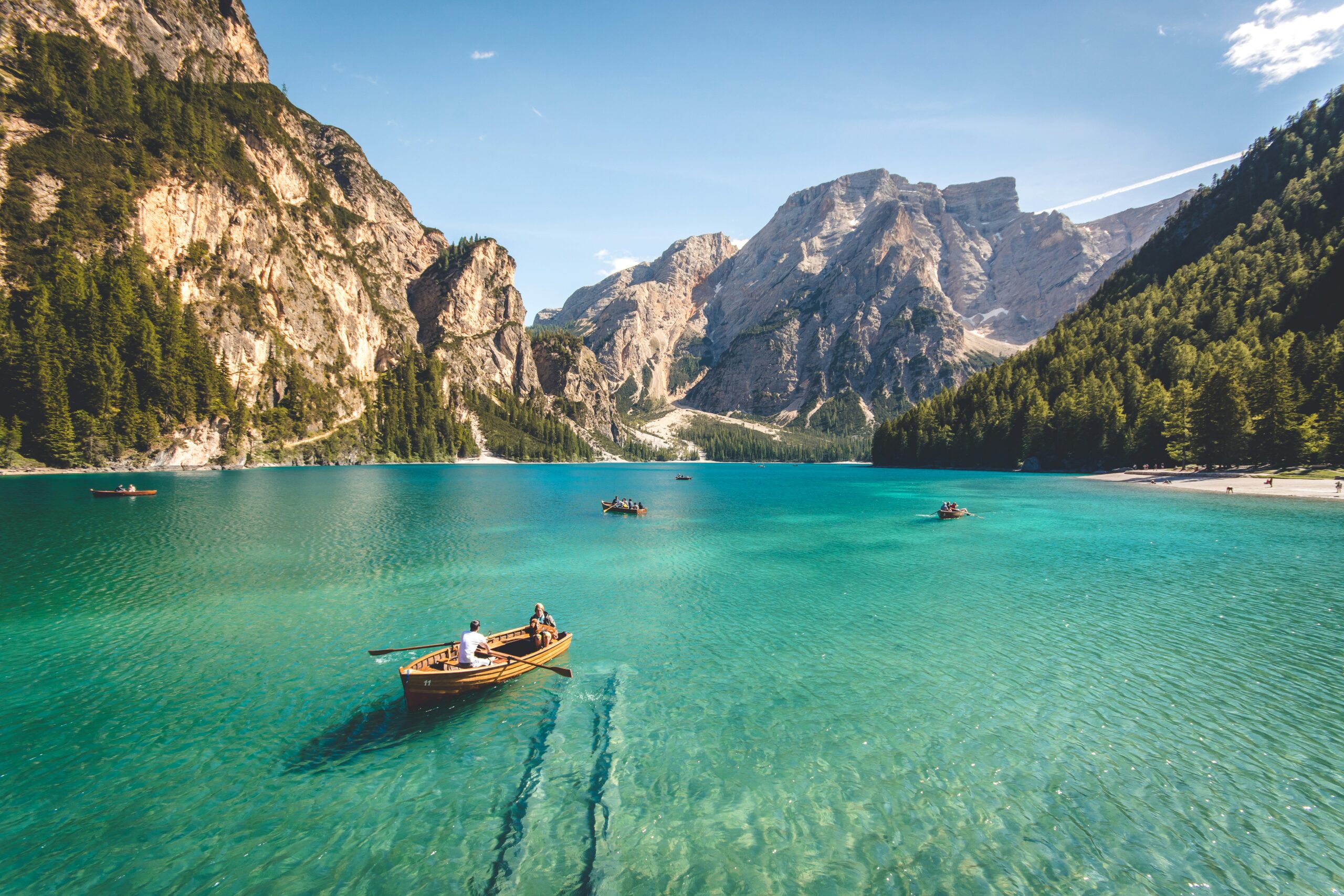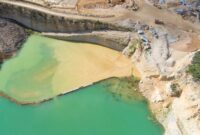Investing in mountain regions can have a profound economic impact on local communities. These investments often focus on industries such as tourism, renewable energy, and infrastructure development, bringing much-needed growth to otherwise isolated areas. By understanding the potential returns, governments and private investors alike can create a significant positive shift in the financial and social landscape of mountain communities.
Understanding the Economic Impact of Mountain Investments
Mountain investments, particularly in sectors like tourism, agriculture, and renewable energy, drive a wide array of economic benefits. Local businesses thrive, employment opportunities rise, and there’s often an increase in the standard of living. The ripple effects are vast as investment leads to improved infrastructure, access to better services, and overall economic growth for local communities.
Job Creation and Employment Opportunities
One of the most direct impacts of mountain investments is the creation of new jobs. In regions where traditional employment may be limited to agriculture or seasonal tourism, investments in hotels, resorts, and adventure sports facilities bring year-round employment opportunities. Furthermore, the development of renewable energy projects like hydro and wind power can generate long-term technical and managerial roles, giving locals more stable income sources.
Boosting Tourism and Related Services
Mountain regions are often prime locations for tourism investments. The economic impact of mountain investments is evident in the increase in local services, such as restaurants, transport services, and local crafts. By drawing visitors to explore natural beauty, mountain tourism contributes to the development of hotels, eco-tourism lodges, and recreational activities, creating a steady source of income for local residents.
Environmental Sustainability and Economic Growth
A well-planned investment in mountain regions not only boosts the economy but also promotes environmental sustainability. Green investments, such as eco-tourism and renewable energy, focus on preserving the local ecosystem while ensuring long-term profitability. By tapping into natural resources responsibly, these investments help sustain both the environment and the local economy.
Investments in Renewable Energy
Many mountain regions are ideal for renewable energy projects such as hydropower, wind power, and solar energy. These projects not only provide clean energy but also create a steady income stream for local governments and landowners. The construction and operation of these facilities require skilled labor, adding to the economic upliftment of the community. Furthermore, once operational, these projects contribute to the national energy grid, further promoting regional development.
Preserving Natural Resources Through Sustainable Practices
Mountain investments that focus on sustainability, such as responsible logging, farming, or tourism, help preserve the natural resources that local communities depend on. By ensuring that economic development goes hand-in-hand with environmental preservation, local communities can continue to benefit from these resources for generations.
Infrastructure Development and Its Impact on Local Communities
Investments in mountain infrastructure—roads, bridges, and communication networks—directly improve the lives of local communities. Improved access to markets, healthcare, and education are often overlooked but crucial benefits. Infrastructure development attracts further investments and encourages migration to these areas, thus enhancing the overall growth of the local economy.
Facilitating Market Access
For many mountain communities, geographical isolation makes it difficult to access broader markets. Investments in transportation infrastructure allow local businesses to export products, such as artisanal goods and local produce, more easily. This opens up new revenue streams and encourages entrepreneurship within these regions.
Enhancing Healthcare and Education
Infrastructure development also enables better access to healthcare and education. As transportation networks improve, it becomes easier for local residents to reach hospitals, clinics, and schools. This results in a healthier, more educated workforce that can contribute to the local economy in more meaningful ways.
Conclusion
In summary, the economic impact of mountain investments on local communities is multifaceted. By creating jobs, improving infrastructure, and fostering sustainable economic practices, these investments not only boost the local economy but also improve the quality of life for residents. Whether through tourism, renewable energy, or infrastructure, mountain investments hold the key to unlocking the economic potential of these regions.
FAQs
Q: What are the most common types of mountain investments?
A: The most common types of mountain investments include tourism, renewable energy (such as hydropower and wind energy), and infrastructure development like roads and communication networks.
Q: How do mountain investments contribute to job creation?
A: Investments in tourism, energy, and infrastructure lead to the creation of new jobs in construction, hospitality, maintenance, and technical roles, providing stable employment for local communities.
Q: Are mountain investments environmentally sustainable?
A: Many modern mountain investments focus on sustainability, particularly in sectors like eco-tourism and renewable energy, ensuring that economic growth doesn’t come at the expense of environmental degradation.
Q: How do mountain investments affect local businesses?
A: Local businesses benefit from increased tourism, improved market access, and greater demand for goods and services, helping them to thrive and expand.
This article demonstrates the many ways mountain investments can positively impact local communities, aligning economic growth with sustainability and improving the overall quality of life for mountain residents.




